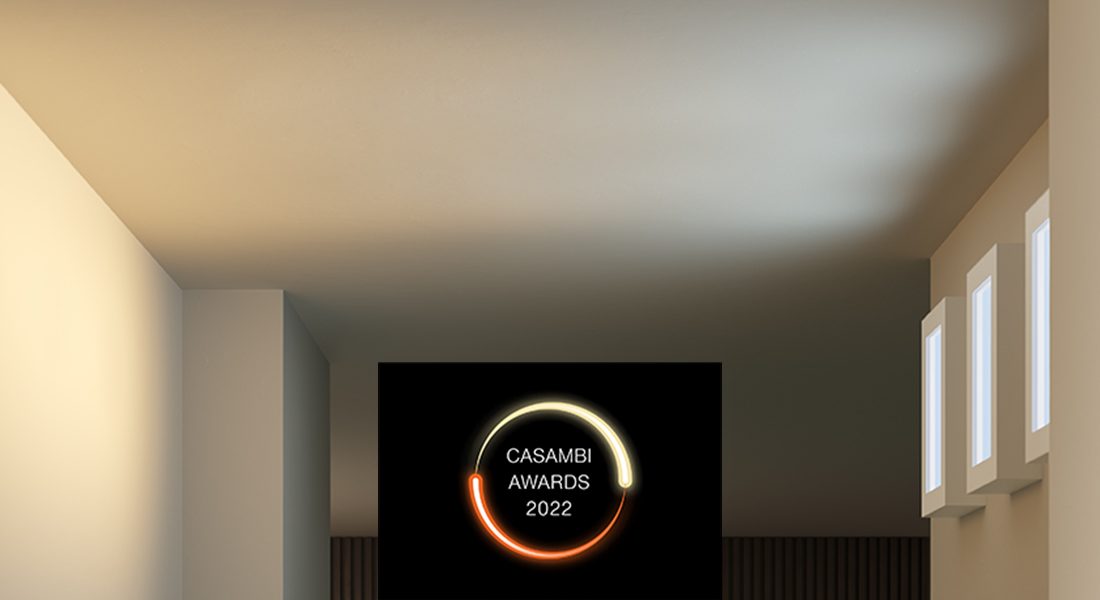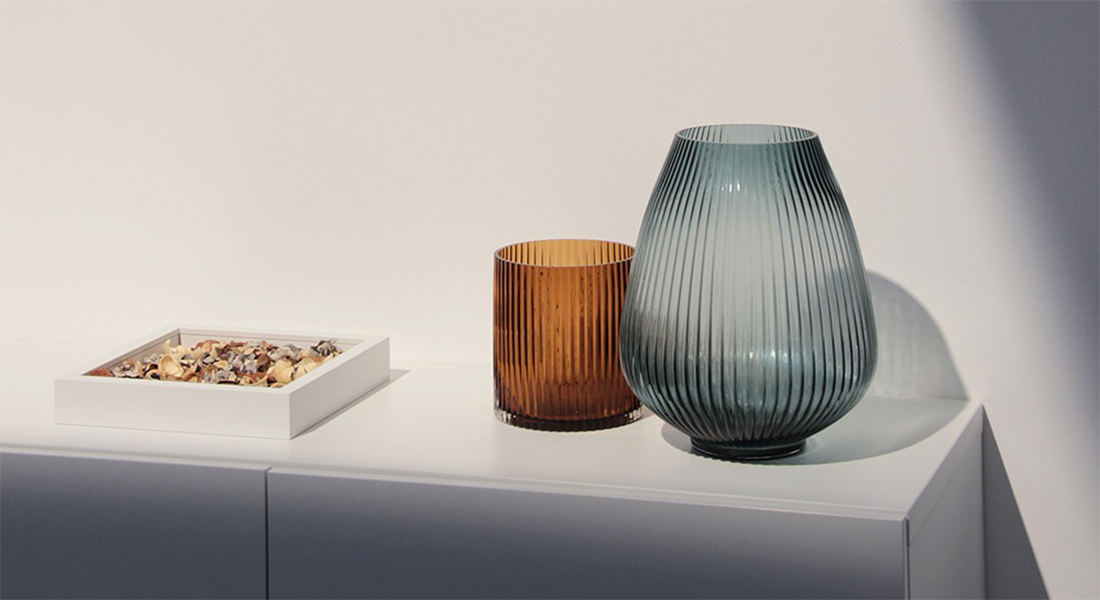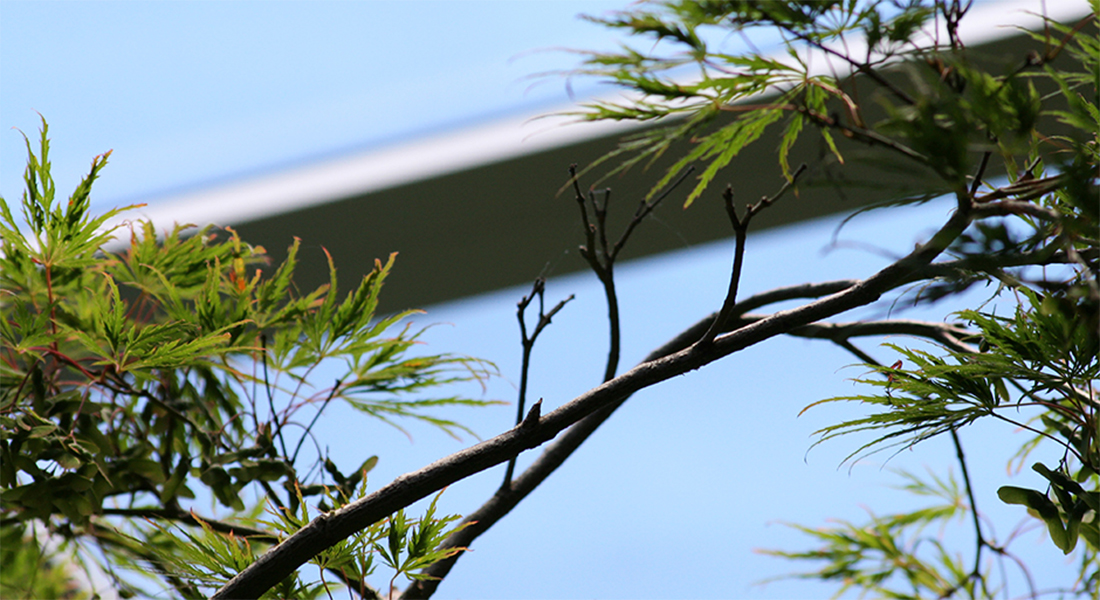At the beginning of this new year, we shared the CoeLux wish-list with you with some of the things we would like to do in 2020. Our good intentions, let's say:
- Spot the so called twilight zone out of the window of a plane
- Dive in the sea at dusk
- Take a picture of the sky using my new reflex
- Visit Rome on 21st April
Today it's time to tell you about the third.
What’s photography?
Photography is the art, application and practice of creating durable images by recording light or other electromagnetic radiation, either electronically by means of an image sensor, or chemically by means of a light-sensitive material such as photographic film. It is employed in many fields of science, manufacturing (e.g., photolithography), and business, as well as its more direct uses for art, film and video production, recreational purposes, hobby, and mass communication.
Typically, a lens is used to focus the light reflected or emitted from objects into a real image on the light-sensitive surface inside a camera during a timed exposure. With an electronic image sensor, this produces an electrical charge at each pixel, which is electronically processed and stored in a digital image file for subsequent display or processing. The result with photographic emulsion is an invisible latent image, which is later chemically "developed" into a visible image, either negative or positive depending on the purpose of the photographic material and the method of processing. A negative image on film is traditionally used to photographically create a positive image on a paper base, known as a print, either by using an enlarger or by contact printing.
A large variety of photographic techniques and media are used in the process of capturing images for photography. These include the camera; stereoscopy; dualphotography; full-spectrum, ultraviolet and infrared media; light field photography; and other imaging techniques.
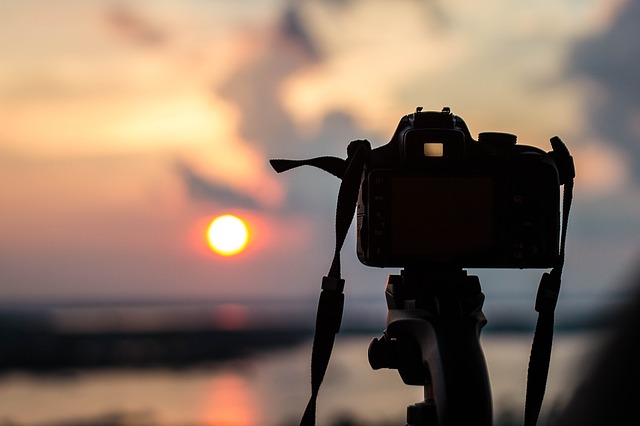
Reflex camera
A reflex camera is a camera that permits the photographer to view the image that will be seen through the lens, and therefore to see exactly what will be captured, contrary to viewfinder cameras where the image could be significantly different from what will be captured. A single-lens reflex camera typically uses a mirror and prism system (hence "reflex", from the mirror's reflection) to accomplish this. The mirrorless interchangeable-lens camera achieves the same result by providing the photographer with a digitally captured image. The twin-lens reflex camera provides both a viewfinder image and the reflected image from the actual camera lens.
What about us, what are we going to do with our reflex camera?
But come to us, our third wish of the year will be to combine our love for photography and science to do what we do best: explore the sky. The sky and its atmospheric phenomena are a source of wonder and enjoyment for us. The study of our technology began with this exploration of natural phenomena. Find them, understand them, reproduce them.
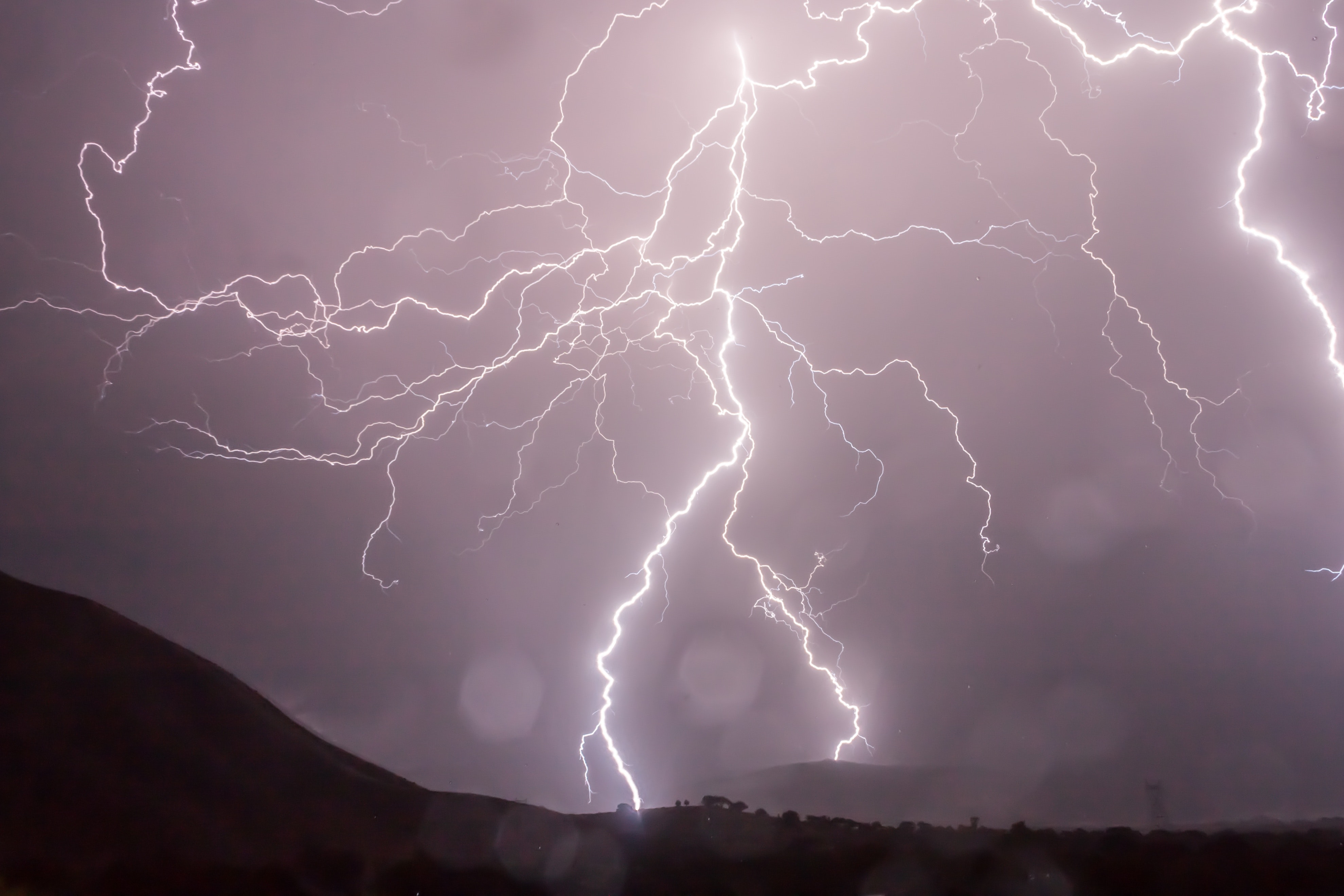
Reproducing meteorological phenomena it has always been our wish
In his book entitled Light and Color in the Outdoors the Belgian astronomer Marcel Minnaert describes all the optical phenomena that an attentive observer can contemplate in nature. When the company was still in its infancy Paolo Di Trapani and his team therefore began to reproduce all the meteorological phenomena in a laboratory, under controlled conditions and using lasers and nano-particles. At the beginning, it seemed the scientist was wrong, and no visible results were obtained.
But after observing the reality through a camera lens and reproducing dozens of atmospheric phenomena in the Università degli Studi dell’Insubria laboratories, the visual perception changed drastically. The eye can be trained, the evocative aspects of the sky and space excite our memory continuously. Minnaert was not wrong at all, setting the scene for the physical phenomenon makes it possible to understand the reality and, therefore, see it.
Art and science, joined through technology
The team had therefore physically built what artists also see. Indeed, it was a painter who inspired the concept of CoeLux. In the paintings from his series The Empire of Light (L'Empire des lumières) René Magritte paints houses as they appear at night, but beneath a daytime sky. The surreal appearance of the work supports what we see through recollections, triggering the memory.
CoeLux systems recreate the natural experience of the sun, sky and an unlimited depth in indoor spaces, conjuring up the intrinsic experience we feel with natural light. The physical phenomena that occur in the atmosphere are reproduced, along with the characteristics of solar radiation and the ways in which it is diffused and interacts with air molecules. A loyal reproduction of what happens in reality, on a smaller scale.
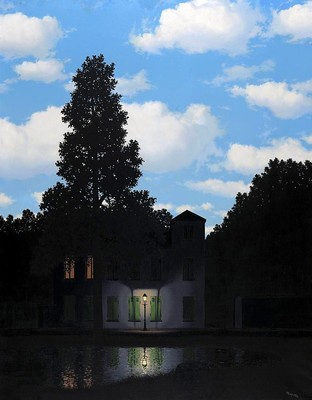
Science and art: complementary and wonderful disciplines
Science, where explained, is a universal language common to all and understandable by all. The same applies to art: art is understood if the symbolism behind the simplest details is explained, which is how we manage to analyse contemporary art with a critical eye, as it needs interpretations and signs. In this respect, it is no accident that the story of CoeLux began with a teaching exhibition “Di luce in luce”: the astonishment was perceived the moment visitors understood the natural phenomena in our everyday lives, for instance "why is the sky blue?". CoeLux products teach us what the sky is.
